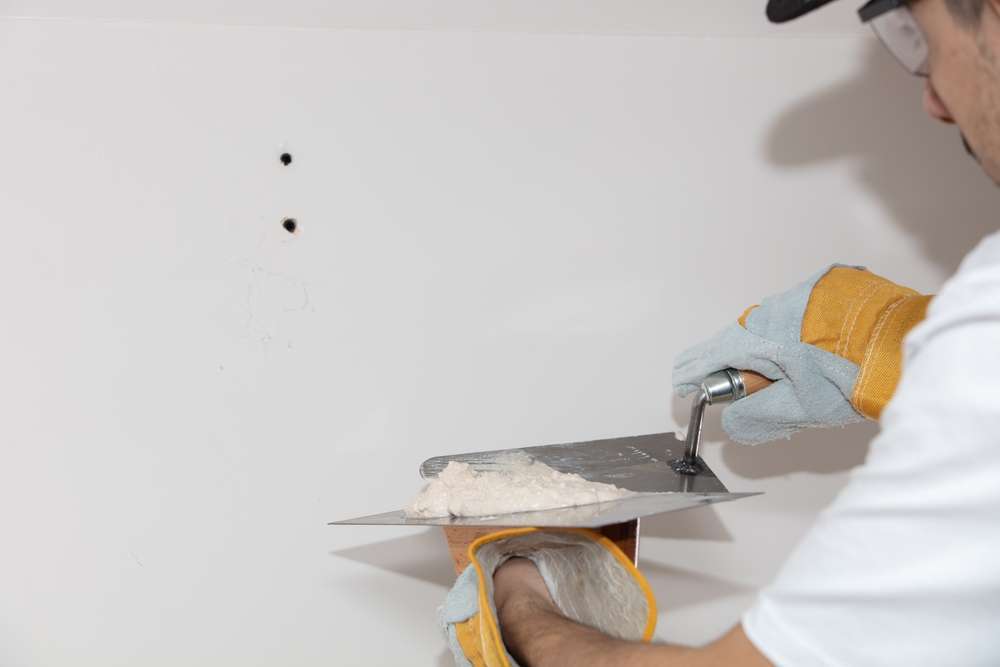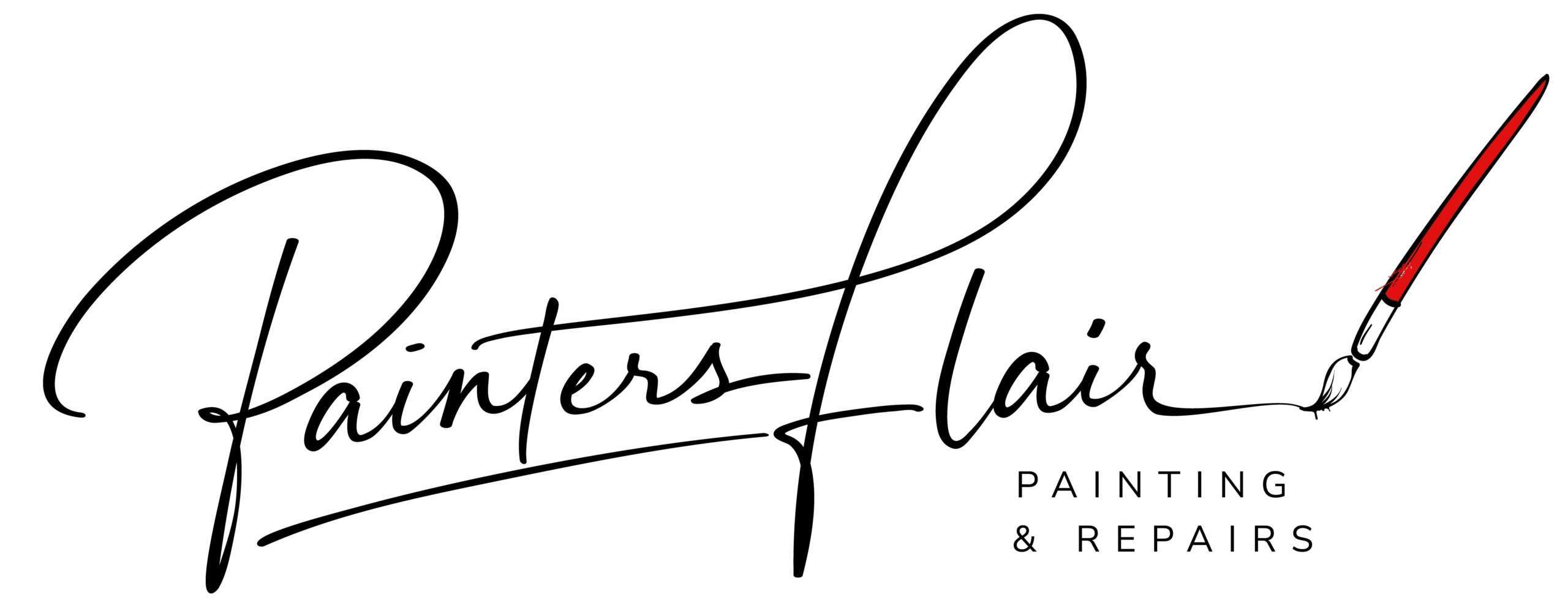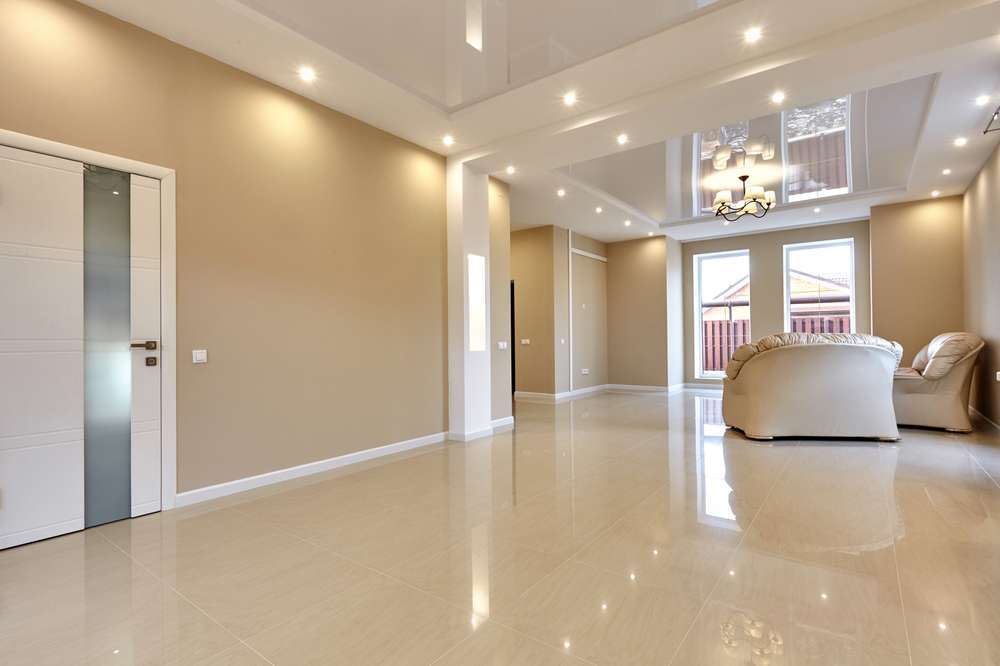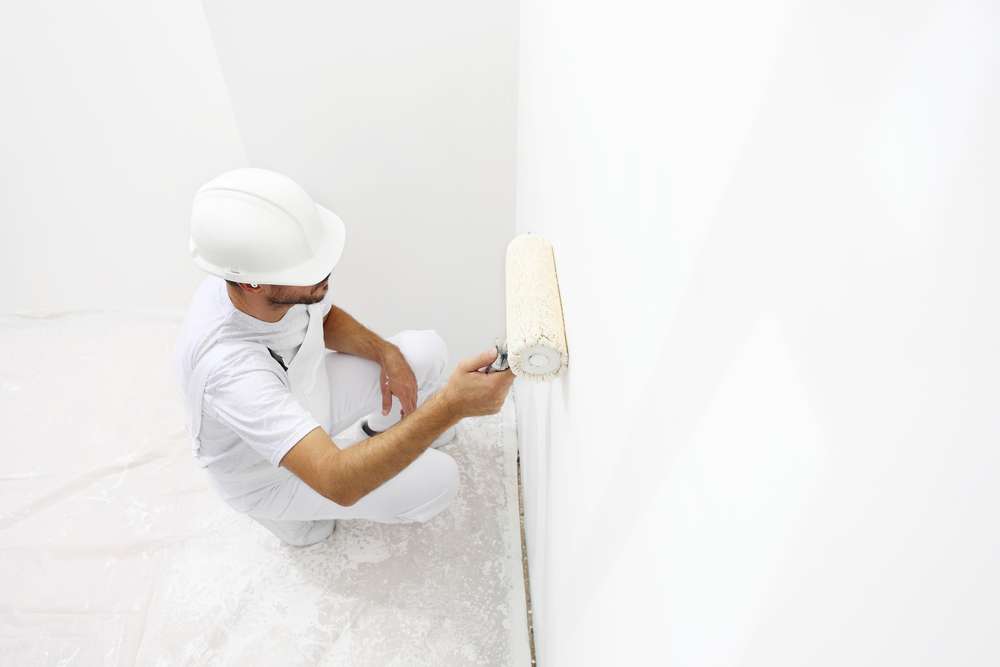
When it comes to providing top-notch painting services, thorough preparation is key to ensuring a flawless and long-lasting finish. At Painters Flair, we understand the importance of prepping the interior of a house before applying paint. From protecting floors and furnishings to correcting defects in the walls, our meticulous approach sets the stage for a successful painting project that exceeds our customers’ expectations.
Protecting Floors and Furnishings
Before we even think about picking up a paintbrush, our first order of business is to safeguard the surfaces and belongings within the home. We take great care in covering floors and furnishings with a combination of plastic drops and cloth drops. This ensures that accidental spills or splatters are contained and do not impact the integrity of the flooring or items in the room. By providing this level of protection, we aim to give our customers peace of mind while we work on transforming their interior spaces.
Correcting Wall Defects
Walls are not always flawless, and our team at Painters Flair is well-equipped to address any imperfections before commencing the painting process. Whether it’s dinks, cracks, or holes marring the surface, we utilize sheet rock mud to seamlessly cover these areas and achieve a smooth, even finish. This involves carefully applying the mud, allowing it to dry, and then skillfully sanding it down to create a seamless surface ready for paint.
For cracks in the walls, we employ a methodical approach that involves applying sheet rock mud to the affected areas, followed by the application of sheet rock tape. This technique is instrumental in ensuring that the cracks are effectively addressed, preventing them from reappearing once the walls are painted. After the taping process, we apply a layer or two of sheet rock mud over the joint, meticulously smoothing and blending it with the surrounding surface. Once dry, the sanded areas are primed to create the ideal foundation for the application of paint.
Caulking Trim to Wall Separations
Detail-oriented craftsmanship is at the heart of our painting services, and this extends to addressing trim-to-wall separations. We meticulously inspect these areas and apply caulk as needed to fill any gaps, ensuring a seamless and professional look once the painting is complete. This attention to detail is a hallmark of our commitment to delivering an exceptional finish that our customers can admire and appreciate for years to come.
Exemplary Preparation for Superior Results
At Painters Flair, we approach every painting project with a dedication to excellence. Our meticulous preparation process, which includes protecting floors and furnishings, correcting wall defects, and attending to trim-to-wall separations, reflects our commitment to delivering the best possible painting services to our valued customers. We firmly believe that the foundation of a stunning paint job lies in the preparation phase, and our team’s expertise and attention to detail ensure that every project is executed to the highest standards.
Conclusion
When it comes to painting services, the adage “preparation is key” couldn’t ring truer. By taking the time to meticulously protect surfaces, address wall imperfections, and attend to even the smallest details, Painters Flair sets the stage for a painting experience that goes above and beyond. Our commitment to thorough preparation is evident in the flawless finishes we achieve, leaving our customers delighted with the transformation of their interior spaces.




